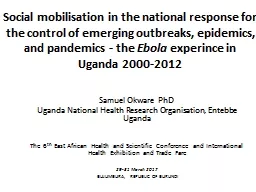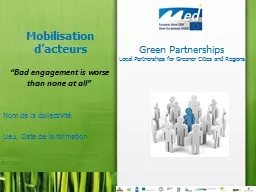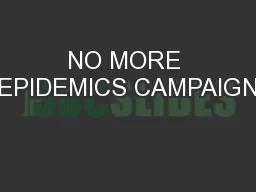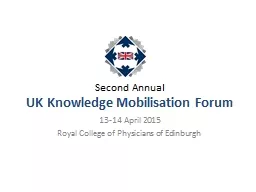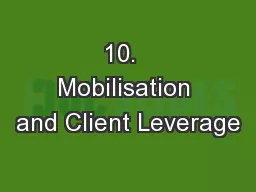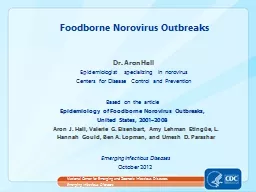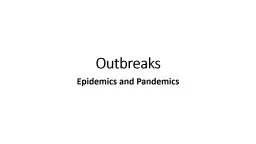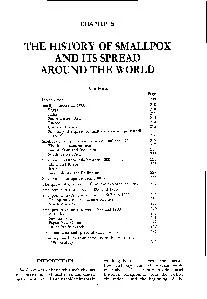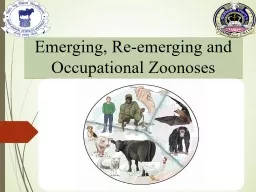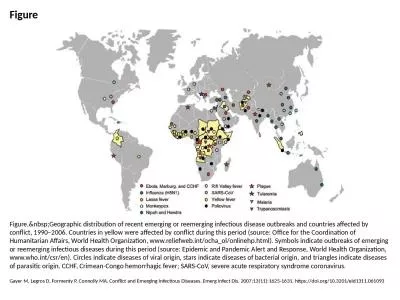PPT-Social mobilisation in the national response for the control of emerging outbreaks, epidemics,
Author : widengillette | Published Date : 2020-06-30
Ebola experince in Uganda 20002012 Samuel Okware PhD Uganda National Health Research Organisation Entebbe Uganda The 6 th East African Health and Scientific
Presentation Embed Code
Download Presentation
Download Presentation The PPT/PDF document "Social mobilisation in the national resp..." is the property of its rightful owner. Permission is granted to download and print the materials on this website for personal, non-commercial use only, and to display it on your personal computer provided you do not modify the materials and that you retain all copyright notices contained in the materials. By downloading content from our website, you accept the terms of this agreement.
Social mobilisation in the national response for the control of emerging outbreaks, epidemics,: Transcript
Download Rules Of Document
"Social mobilisation in the national response for the control of emerging outbreaks, epidemics,"The content belongs to its owner. You may download and print it for personal use, without modification, and keep all copyright notices. By downloading, you agree to these terms.
Related Documents

